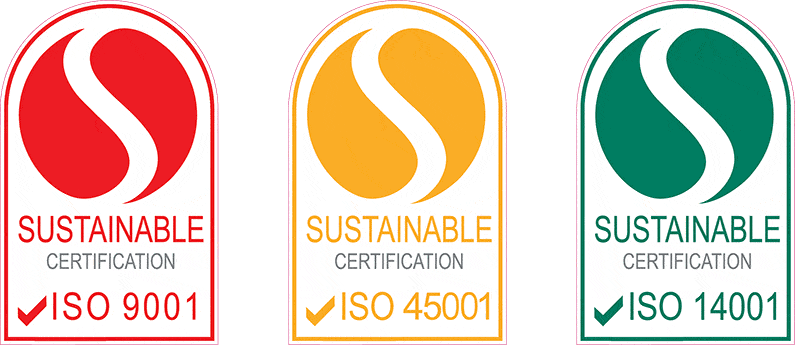The Best Duct
Insulation Materials for Energy Efficiency
In the quest for energy efficiency and sustainable building practices, duct insulation plays a pivotal role. Proper insulation of air ducts not only reduces energy consumption but also enhances indoor comfort and improves the overall performance of HVAC systems. For Australian buildings, selecting the right duct insulation materials is crucial, considering the diverse climate conditions and the stringent fire protection standards. This article explores the best duct insulation materials for energy efficiency, focusing on options that offer a high fire rating and durability.
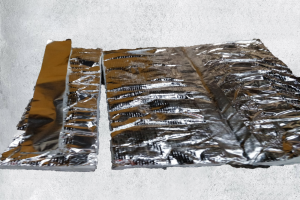
Why is Duct Insulation Important?
Duct insulation is essential for minimising heat loss or gain as air travels through the ductwork. Uninsulated or poorly insulated ducts can lead to significant energy waste, higher utility bills, and reduced efficiency in heating and cooling systems. Additionally, proper insulation provides noise control and helps maintain consistent indoor temperatures. For Australian buildings, which face extreme weather conditions, effective duct insulation is critical to achieving energy efficiency and sustainability.
Key Considerations for Duct Insulation
When selecting duct insulation materials, several factors need to be considered:
- Thermal Performance: The primary function of duct insulation is to minimise thermal loss or gain. Materials with high R-values (a measure of thermal resistance) are preferred for their superior insulating properties.
- Fire Rating: Fire protection is a critical aspect, especially for commercial and multi-story residential buildings. Insulation materials must comply with Australian fire safety standards, ensuring they provide adequate fire resistance.
- Durability: Insulation materials should be durable and capable of withstanding the Australian climate, which ranges from hot, dry summers to cool, damp winters.
- Moisture Resistance: In humid environments, insulation materials should resist moisture to prevent mold growth and maintain insulating efficiency.
- Ease of Installation: Materials that are easy to install can reduce labour costs and ensure a more efficient insulation process.
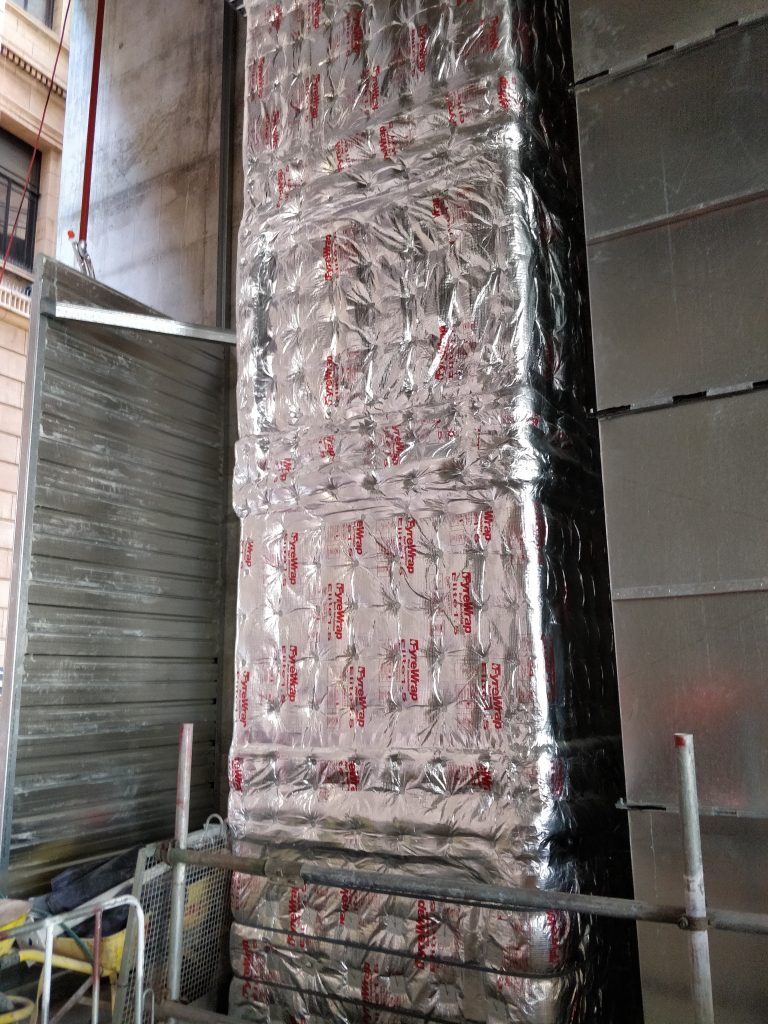
The Best Duct Insulation Materials
1. Fibreglass Duct Insulation
Fibreglass is one of the most commonly used materials for duct insulation due to its excellent thermal performance and fire resistance. It consists of fine glass fibres that trap air, providing high R-values.
Benefits:
- High thermal resistance
- Non-combustible with a good fire rating
- Cost-effective and widely available
- Resistant to moisture and mould
Applications: Suitable for both residential and commercial buildings, especially in areas requiring high fire protection standards.
2. Mineral Wool Duct Insulation
Mineral wool, also known as rock wool or stone wool, is another highly effective duct insulation material. Made from volcanic rock, it offers superior fire protection and excellent thermal performance.
Benefits:
- High fire rating and non-combustible
- Excellent thermal and acoustic insulation properties
- Resistant to moisture and mould
- Durable and long-lasting
Applications: Ideal for industrial and commercial applications where fire protection is paramount.
3. Foam Board Insulation
Foam board insulation, typically made from polystyrene, polyisocyanurate (polyiso), or polyurethane, offers high R-values and good moisture resistance. It is lightweight and easy to handle, making it a popular choice for duct insulation.
Benefits:
- High thermal resistance
- Lightweight and easy to install
- Good moisture resistance
- Can be cut to fit any duct shape
Applications: Commonly used in residential buildings and retrofitting projects.
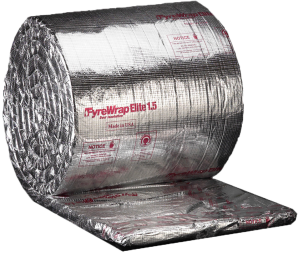
4. Spray Foam Insulation
Spray foam insulation is applied directly to the duct surface, expanding to fill gaps and provide a continuous insulation layer. It offers excellent thermal performance and air-sealing properties.
Benefits:
- High R-values and excellent thermal performance
- Provides an airtight seal
- Can fill irregular shapes and gaps
- Acts as a moisture barrier
Applications: Ideal for complex ductwork and areas that require an airtight seal, such as attics and basements.
5. Reflective Insulation
Reflective insulation consists of a layer of reflective material, usually aluminium foil, applied to a substrate like cardboard or plastic. It works by reflecting radiant heat away from the ducts, reducing heat gain.
Benefits:
- Reflect radiant heat, improving energy efficiency
- Lightweight and easy to install
- Can be combined with other insulation materials for enhanced performance
- Provides additional fire protection
Applications: Suitable for use in hot climates where radiant heat gain is a concern, such as in Australian summer conditions.
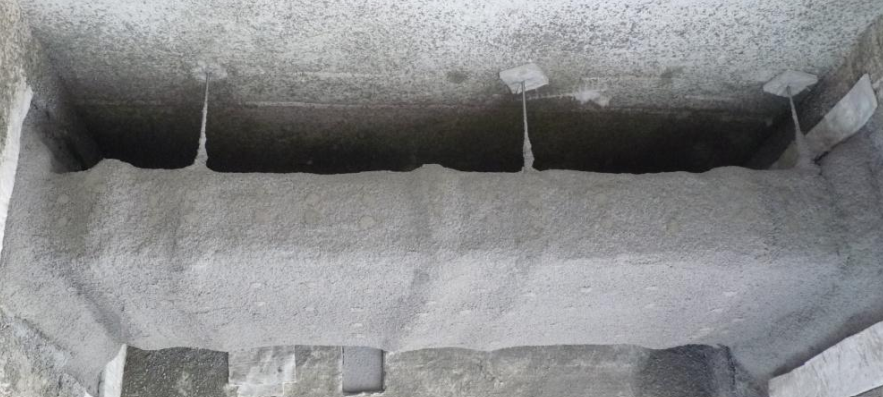
Fire Protection and Compliance
In Australia, fire protection is a critical aspect of building safety. Duct insulation materials must comply with the National Construction Code (NCC) and other relevant standards, ensuring they provide adequate fire resistance. Materials like fibreglass and mineral wool are preferred for their high fire ratings and non-combustible properties. When choosing insulation materials, always check for compliance with Australian fire safety regulations and consider products that have been tested and certified by accredited laboratories.
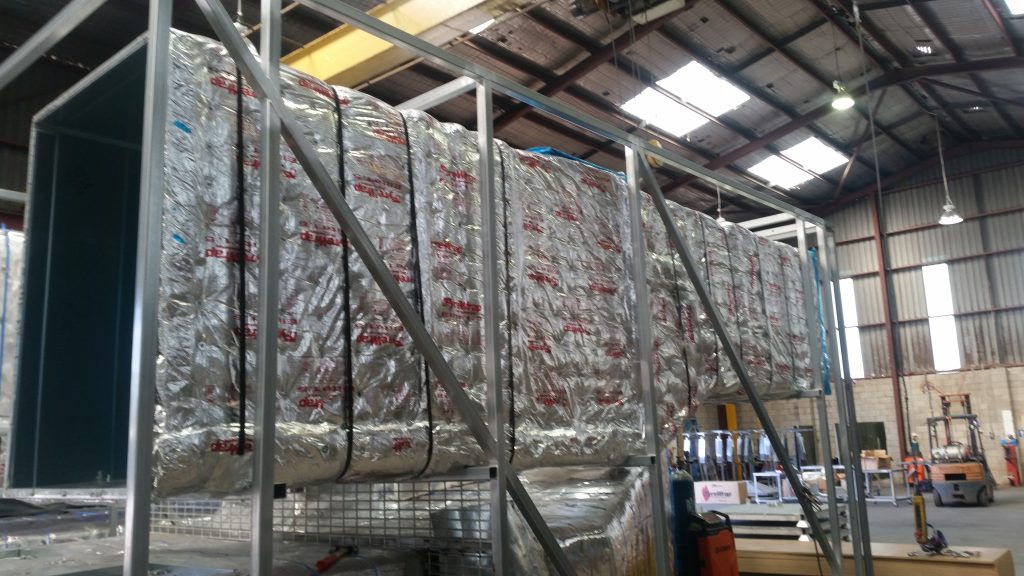
Installation Tips for Optimal Performance
To ensure the effectiveness of duct insulation, proper installation is key. Here are some tips for optimal performance:
- Seal Duct Leaks: Before installing insulation, seal any leaks in the ductwork using mastic or metal tape. This prevents air loss and improves insulation efficiency.
- Use Appropriate Fasteners: Secure insulation materials with appropriate fasteners, such as mechanical fasteners or adhesive, to ensure they stay in place.
- Avoid Compression: Avoid compressing insulation materials, as this can reduce their thermal performance. Ensure a snug but not overly tight fit around ducts.
- Protect Insulation: In areas prone to physical damage, such as basements or crawl spaces, protect insulation with a vapour barrier or protective covering.
- Regular Maintenance: Inspect duct insulation periodically for any signs of damage or wear and repair or replace as necessary to maintain efficiency.
Choosing the best duct insulation materials is essential for enhancing energy efficiency, ensuring fire protection, and maintaining indoor comfort in Australian buildings. Materials like fibreglass, mineral wool, foam board, spray foam, and reflective insulation offer excellent thermal performance and comply with stringent fire rating standards. When selecting insulation, consider factors such as thermal resistance, fire rating, durability, moisture resistance, and ease of installation.
For more information on selecting the right duct insulation materials for your project and ensuring compliance with Australian fire protection standards, contact us today. Our team of experts is ready to help you make informed decisions that enhance energy efficiency and safety in your building.


